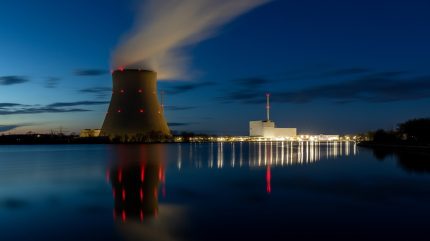
The government of India has approved Anushakti Vidhyut Nigam (ASHVINI), a joint venture (JV) between the Nuclear Power Corporation of India Limited (NPCIL) and the country’s National Thermal Power Corporation (NTPC), to spearhead nuclear power generation.
ASHVINI is tasked with constructing, owning and operating nuclear power plants under the Atomic Energy Act’s guidelines.
NPCIL will hold a 51% stake in the JV company, while the remaining 49% will be held by NTPC.
The government has approved the transfer of the Mahi Banswara Rajasthan atomic power project (MBRAPP) from NPCIL to ASHVINI.
Featuring a capacity of 4 x 700MW, MBRAPP utilises indigenous pressurised heavy water reactor technology.
The move is accompanied by an exemption allowing NPCIL and NTPC to invest upwards of Rs50bn ($597m) each in joint venture or via subsidiary companies.

US Tariffs are shifting - will you react or anticipate?
Don’t let policy changes catch you off guard. Stay proactive with real-time data and expert analysis.
By GlobalDataThe investment exemptions are intended to facilitate the necessary funding for India’s nuclear power capacity expansion.
ASHVINI will not only develop MBRAPP but also explore additional nuclear power projects across India.
This strategy aims to amalgamate resources from both NPCIL and NTPC, including financial capital, technological prowess and project management expertise, to accelerate the nation’s nuclear power output.
The Department of Atomic Energy has officially conveyed the government’s approval to the chairman and managing director (CMD) of NPCIL and the CMD of NTPC.
In May 2023, NPCIL and NTPC signed a supplementary JV agreement to collaborate on the development of nuclear power facilities in India.
They planned to construct the Chutka atomic power project in Madhya Pradesh with a capacity of 2 x 700MW, and the Mahi Banswara atomic power project in Rajasthan, which will have a capacity of 4 x 700MW.
They will also create two pressurised heavy-water reactor facilities, which are integral to fleet-mode nuclear projects.



